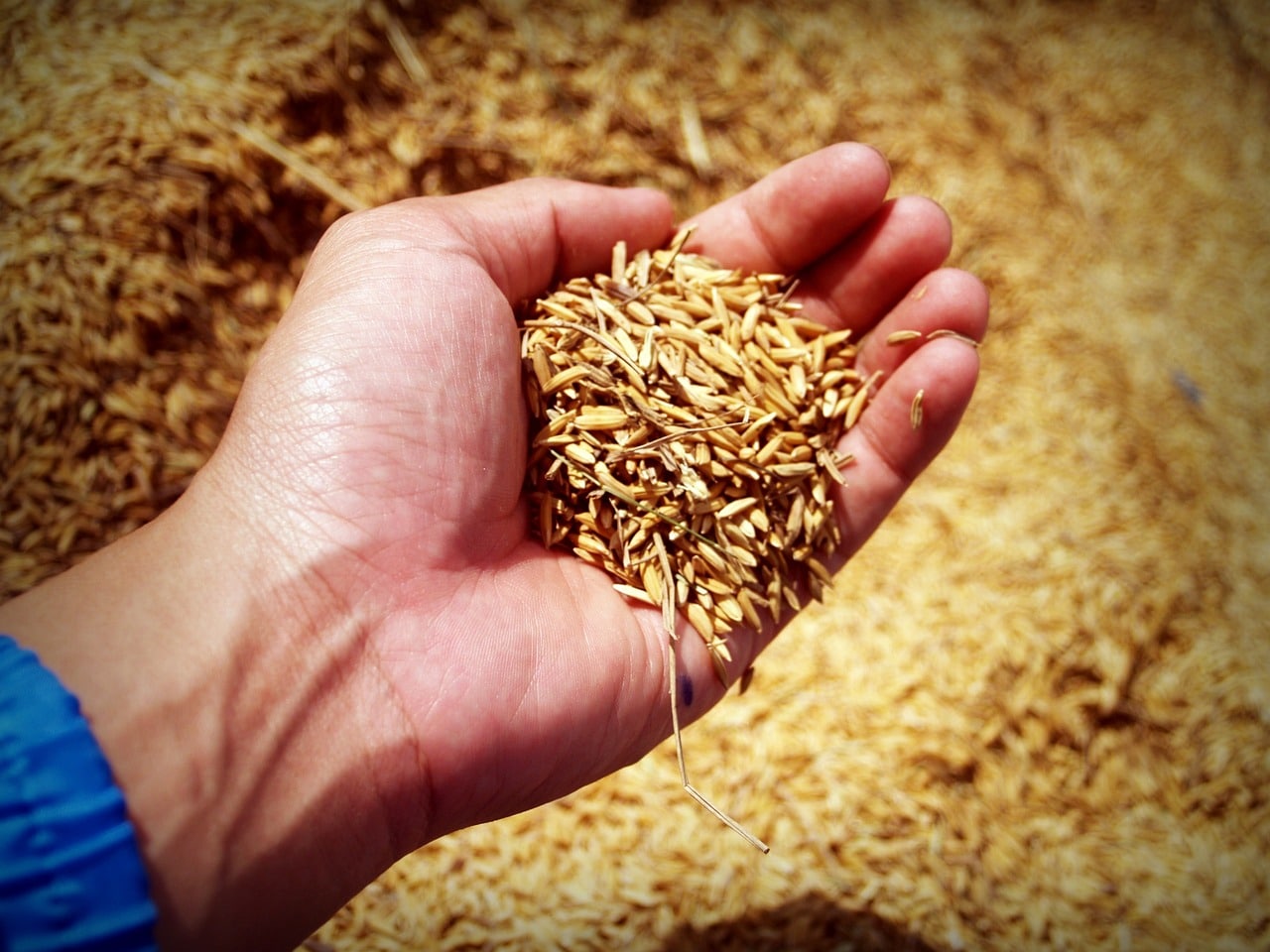Today’s agricultural challenges are forcing the search for innovative solutions that will not only increase yields, but also take care of the long-term quality of the soil. One of the key tools that can help achieve these goals is properly planned crop rotation. For farmers, this brings unique opportunities in terms of subsidies and support for developing this strategy.
Crop Rotation: A Step Toward Agricultural Sustainability
Nowadays, farming is no longer just about sowing grain and expecting a harvest. It requires a thoughtful approach, expertise and environmental awareness. This is where crop rotation enters the scene as a powerful tool to optimize yields and improve soil quality.
1. Higher Resistance to Pests and Diseases
By introducing plant diversity into your fields through crop rotation, you give yourself a tool to fight pests and diseases. Crops, grown in a diverse manner, are less susceptible to massive pathogen attacks, which means less use of pesticides and chemicals. Ultimately, you protect your crops and ensure greater crop success.
2. Greater Soil Fertility and Erosion Protection
A properly composed crop rotation can significantly improve soil fertility. Plants with different nutritional requirements contribute to the replenishment of mineral nutrients in the soil, which has a positive effect on soil quality. In addition, root crops, such as beets and alfalfa, help avoid erosion by strengthening the soil structure.
3. Less Spending on Chemicals
Diversified crops affect the natural regulation of pests and diseases, eliminating the need for excessive chemicals. Proper crop rotation reduces the need for fertilizers and pesticides, which has a positive impact on your wallet and the environment.
4. Protection in Times of Bad Weather
Polish agriculture is no stranger to adverse weather conditions, such as droughts and heavy rainfall. Diversified crops improve the stability of the soil ecosystem, which can help minimize losses due to extreme weather.
5. Increased Revenue and Productivity
The ultimate goal of every farmer is to achieve sustainable financial success. Crop rotation helps achieve this goal by optimising yields and reducing costs. Better soil quality translates into healthier plants, which in turn produce higher yields.
Investing in the Future of Agriculture
This article is a clear sign that it’s time to invest in crop optimization through crop rotation. This is not only a step toward sustainability, but also a future-proof agricultural business. Higher efficiency, higher yields and reduced environmental impact are key benefits of a well-planned crop rotation. For the future of your farm, the environment and the entire agricultural sector, it’s worth giving this strategy a full chance.

